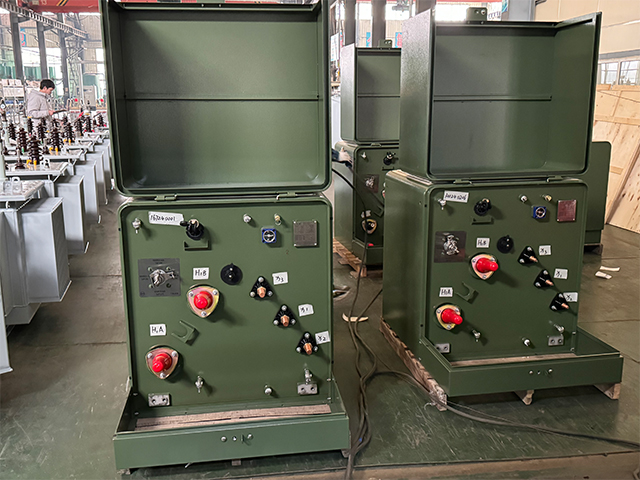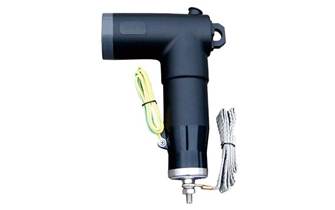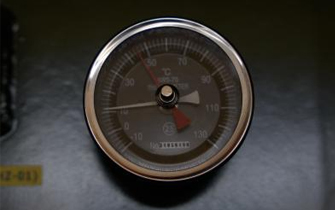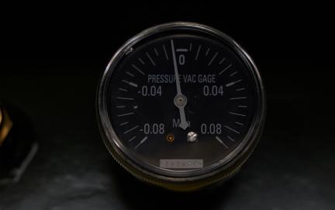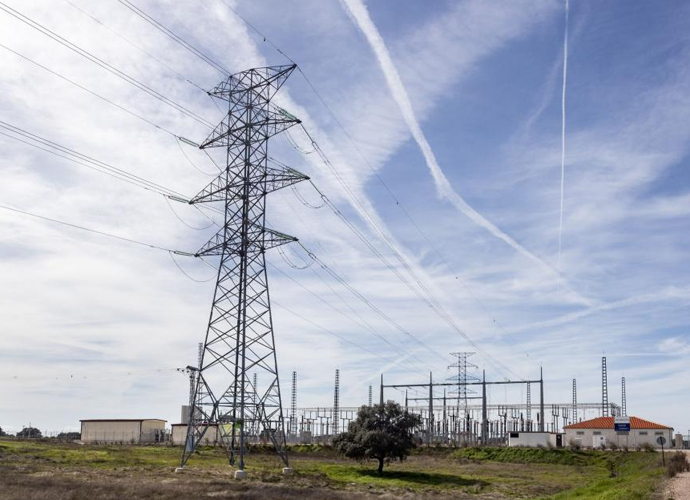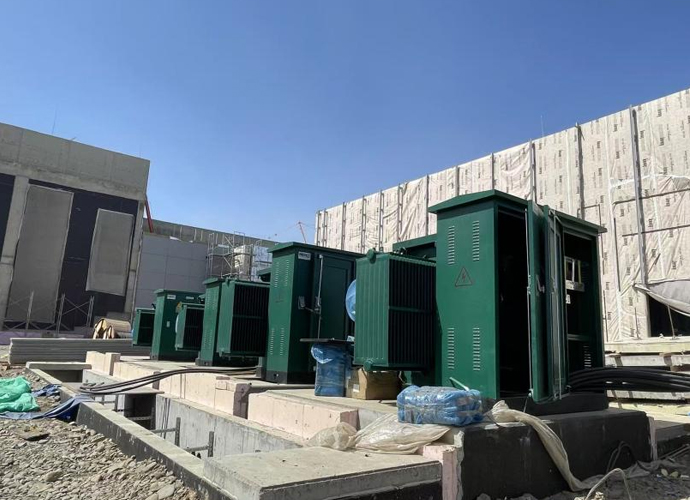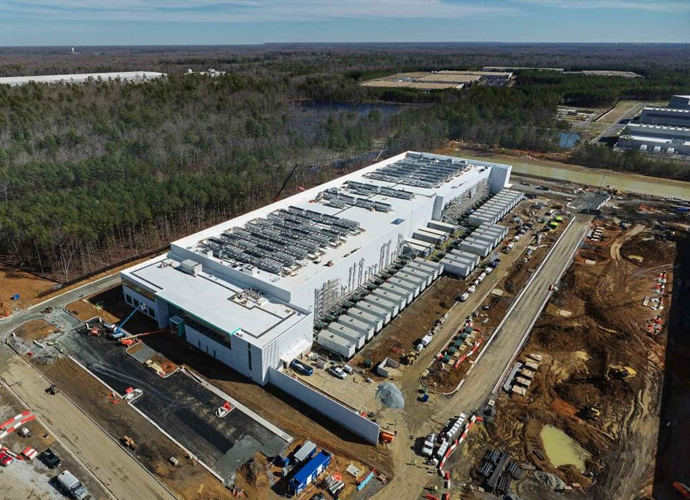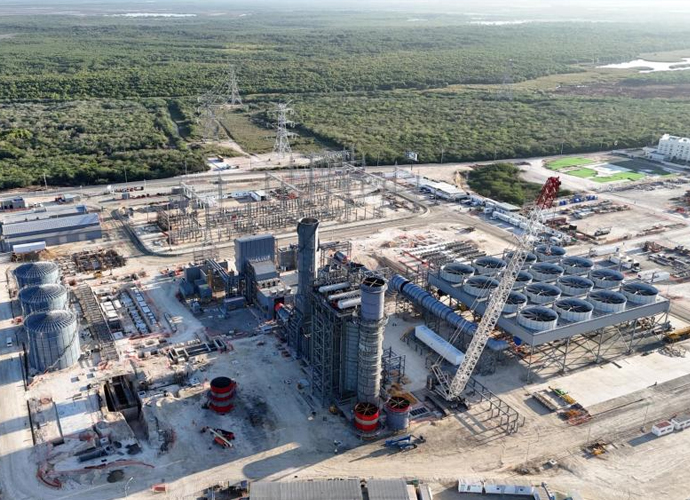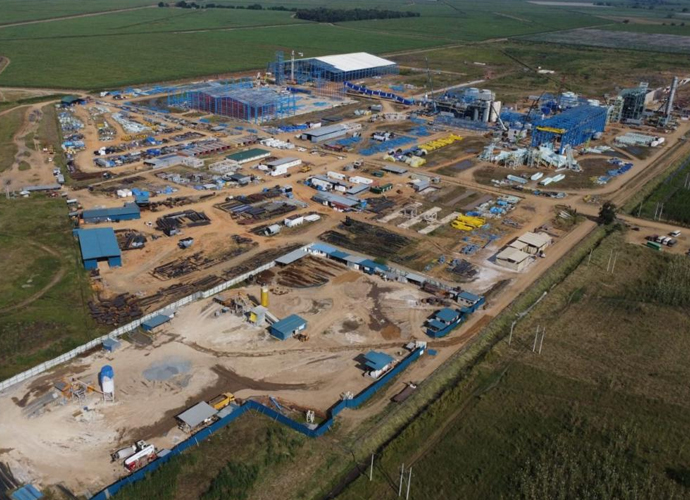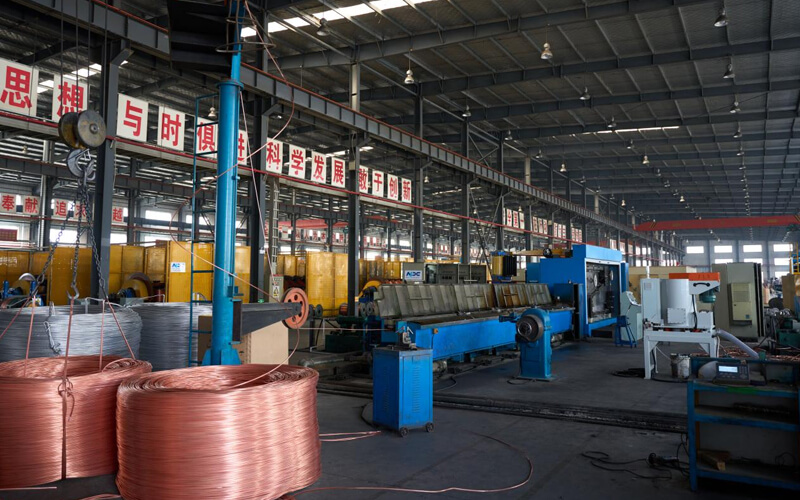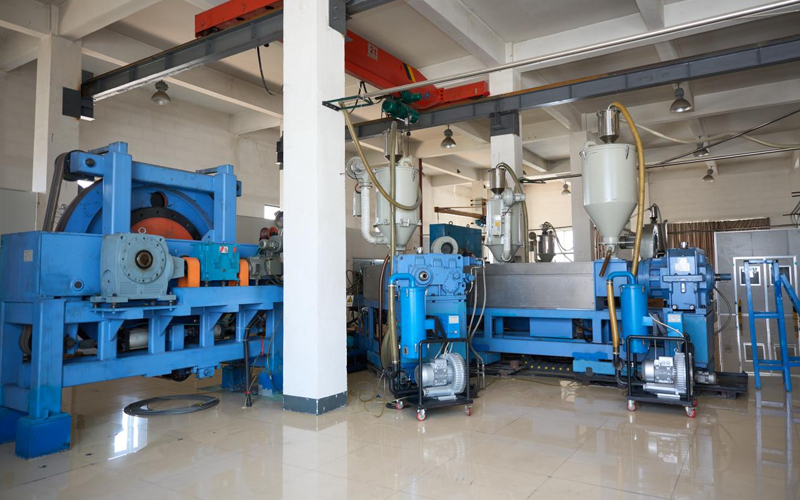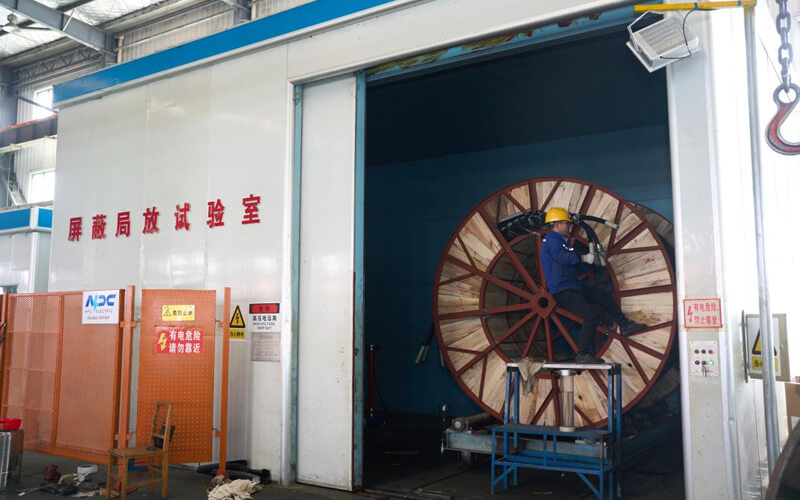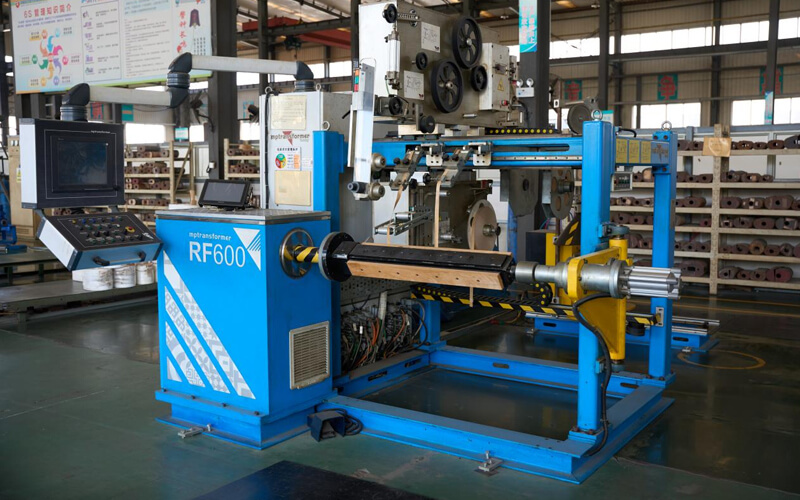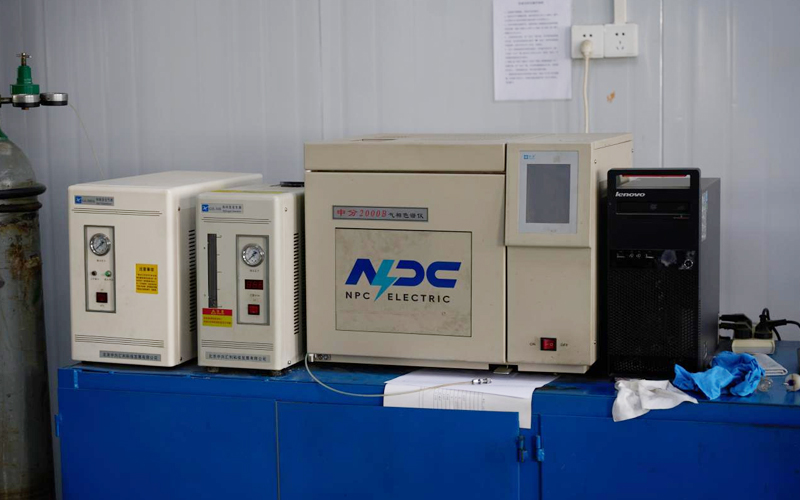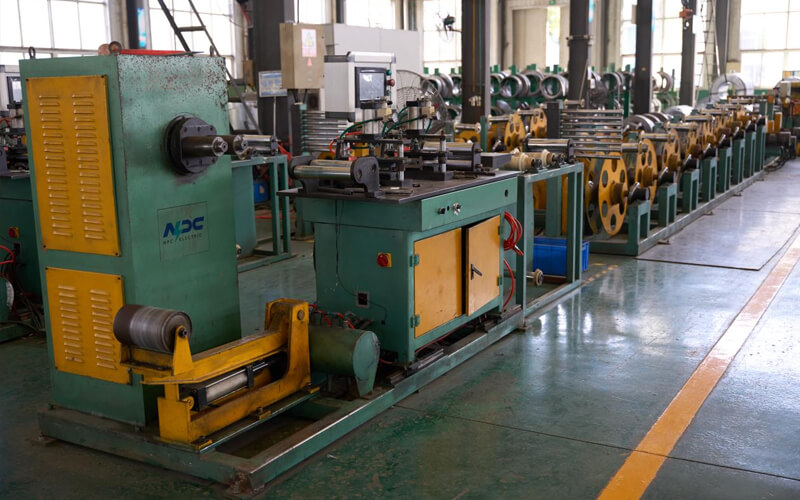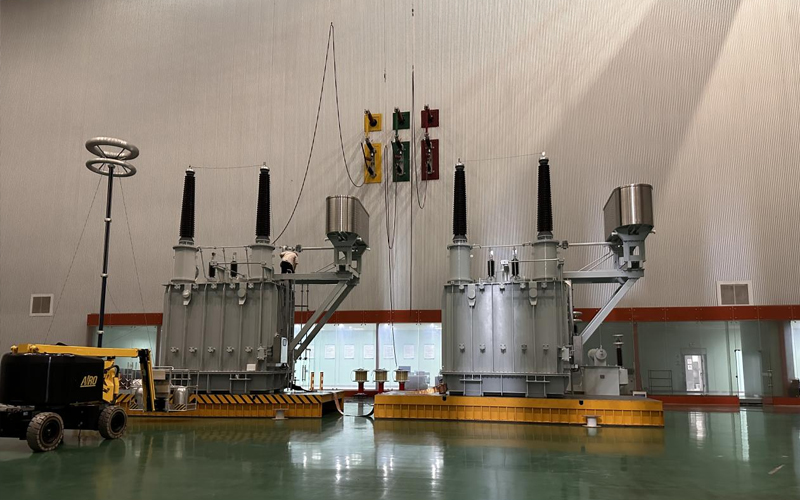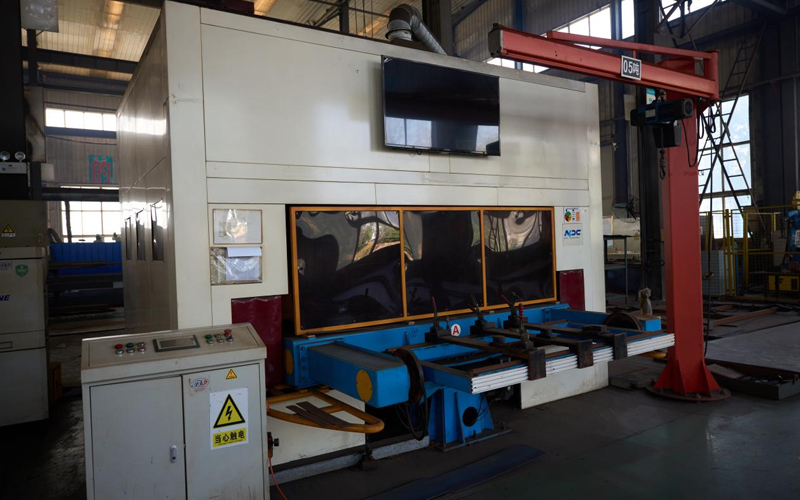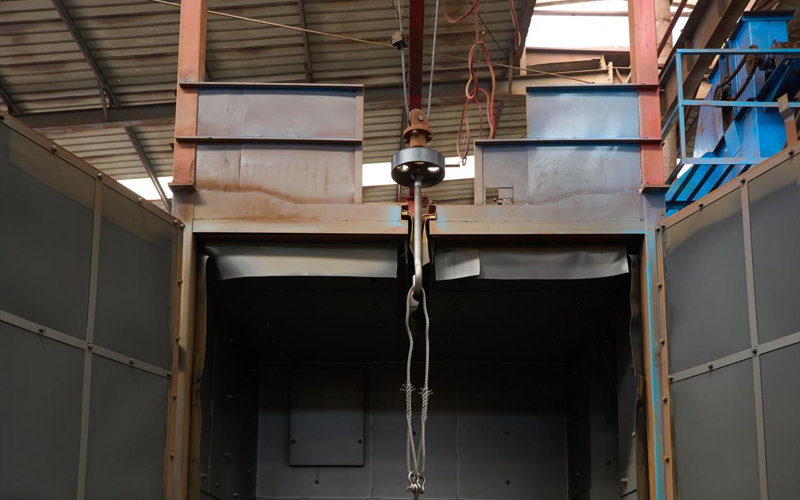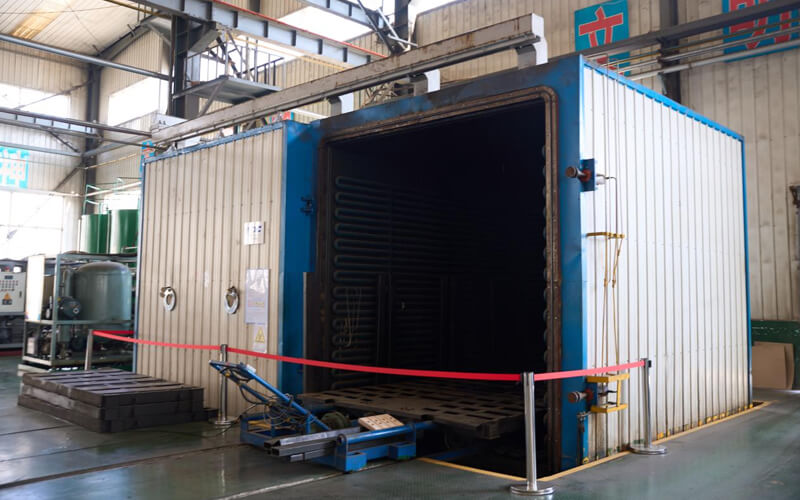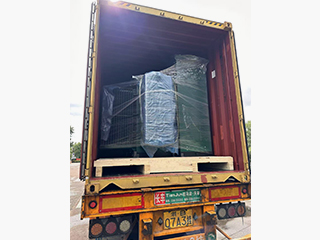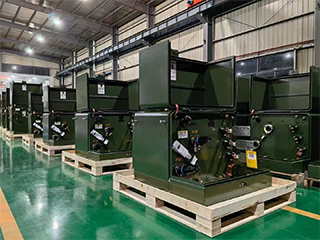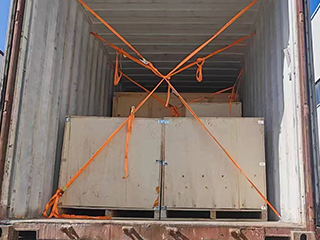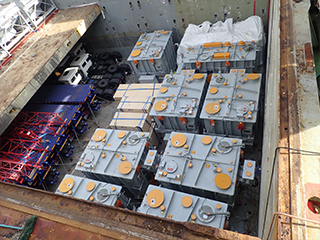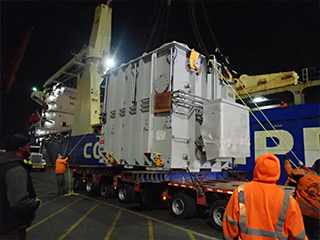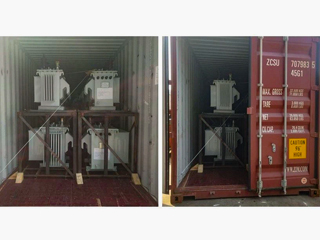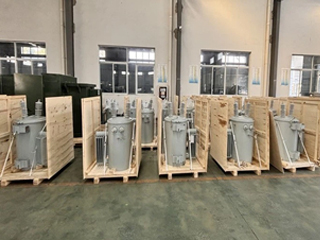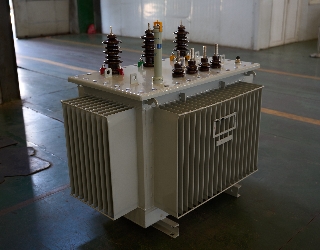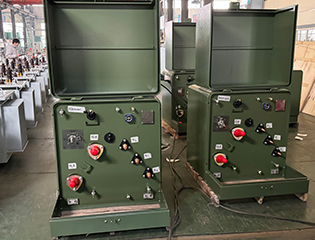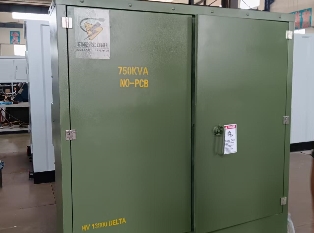37.5kVA Single Phase Pad Mounted transformer
- Primary Voltage Ratings 34.5-19.92/13.8-7.957/13.2-7.62/12.47-7.2, 24.94, 26.25, 33 or others
- Secondary Voltage Ratings 480-240/240-120or customized
- H.V. Tap Range ± 2×2.5% HV taps or others
- Type Loop Feed or Radial Feed
- BIL 30/95kV
- Standards IEEE, CSA, DOE,NEMA
- Application Ultility, residential area, commercial area etc
- Power Rating 37.5kVA
- Certificate UL/cUL ,CESI , CSA, CESI
- Cooling Method ONAN, ONAN/ONAF, KNAN, KNAN/KNAF
- Oil Mineral Oil or FR3
- Opeartion Step Down & Step Up
Technical Specifications
| Rated Power | 37.5 kVA |
| Rating Primary Voltage | 11950Delta or Customized |
| Secondary Voltage | 480-240V 240-120V 277V Customized |
| Frequency | 50/60Hz |
| Vector Group | Ii0,Ii6 |
| Winding Material | Aluminum/Copper |
| Efficiency | As IEEE,Doe 2016,CAS Std or Customized |
| Impedance Voltage | Nominal 2% or Customized 1.1-5.75% |
| Altitude | ≤1,000m or Customized |
| Color | ANSI 70 Light gray/Munsell 7GY3.29/1.5 or customized etc |
| Tank material | Mild Steel, 304 Stainless Steel |
| Insulating Oil Weight | 45 kg |
| Total Weight | 320 kg |
| Outline Dimensions(L×W×H)in. | 29.1×24×33.2(mm) |
| Lifting Lug | ELSP Fuse |
| Hinged Door | BAY-O-NET Fuse |
| Parking Bracket | Tap Changer |
| Tank Cover | Oil Level Gauge |
| L.V Bushing (4-Hole ) | Pressure Relief Valve |
| Two/Four Position Load break Switch | Vacuum Pressure Gauge |
| HV Grounding Copper Bar | Terminal Block |
| Temperature Indicator | Door Handle |
| H.V Bushing Well | Ground Strap |
| Grounding Copper Bar | Nameplate |
| 1"'Drain Valve With 3/8" Sampler | Non-PCB decal |
| 1" Upper Fill Valve Filter Press Connection | High Voltage Warning Signs |
Customization Optional
Packing and Shipping
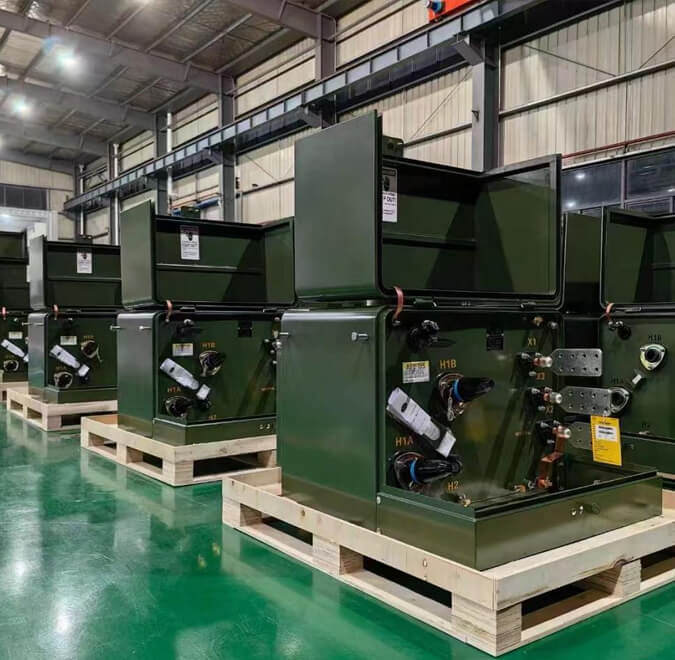
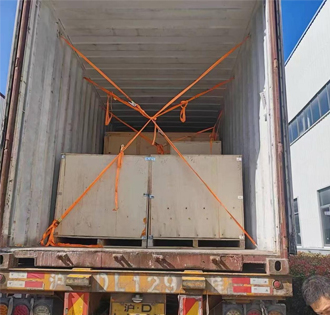
Manufacturer Test
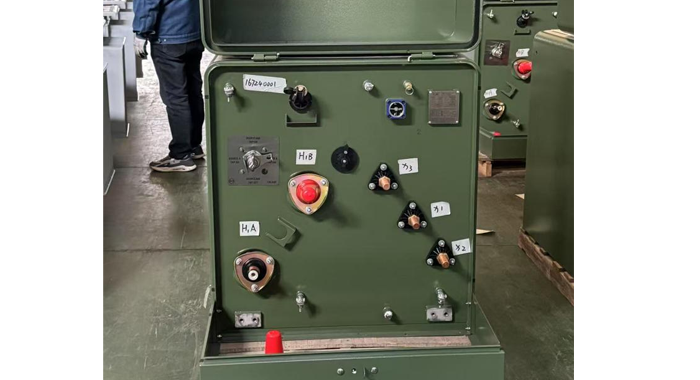
Progress Test
NPC Electirc manufacture pad mounted transformer have the strict quality control. The Progress Test for a 37.5kVA Single Phase Pad Mounted Transformer is conducted throughout the manufacturing process to ensure the transformer meets all technical specifications and quality standards. This includes verifying the integrity of key components such as the core insulation and winding resistance, as well as testing dielectric strength to ensure the transformer can withstand electrical stress. The test also checks the functionality of essential components like bushings, tap changers, and protection devices. Additionally, the transformer’s ability to handle operational loads and voltage variations is assessed. Any issues identified during the progress test are addressed before moving on to the final Factory Acceptance Test (FAT). These tests help confirm that the transformer is being built to high-quality standards, ensuring its reliability and performance once delivered.
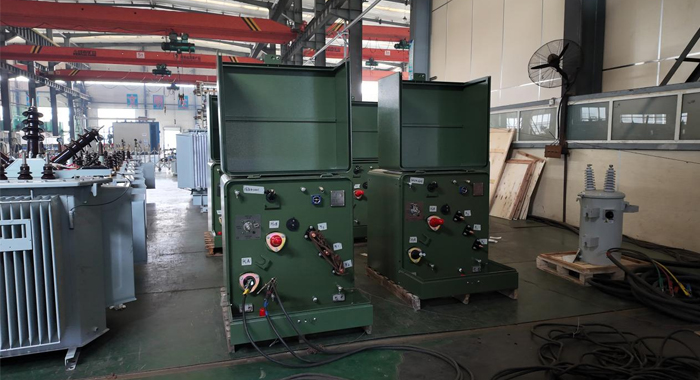
Design Tests
All transformer will be test after finished the production, test items as below:
♦ Insulation Power Factor:
♦ Ratio, Polarity, and Phase Relation:
♦ Winding Resistance:
♦ Impulse Tests:
♦ On load Loss Test:
♦ No Load Loss Test
♦ Leak Test:
♦ DC Insulation Resistance Test
♦ Transformer Turns Ratio/TTR (All Tap Voltages)
♦ Impedance Voltage & Load Loss (Rated Voltage)
♦ Polarity, 1-Ph / Phase Relation, 3-Ph (Rated Voltage)
♦ Excitation & No-Load Loss (Rated Voltage)
♦ Applied Voltage
♦ Induced Voltage
♦ Lightning Impulse
♦ Insulation Resistance (Rated Voltage)
♦ Temperature Rise
♦ Dielectric Withstand (Hipot)
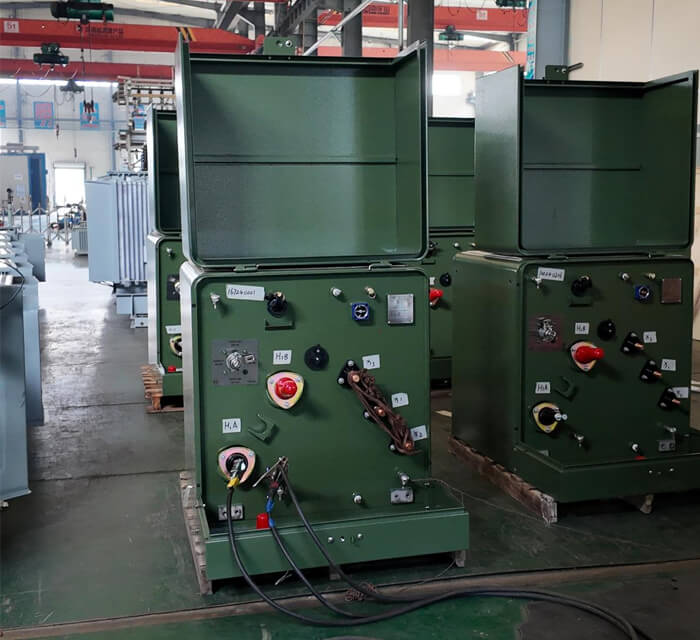
Transformer Factory Acceptance Test
NPC Electric will tests made for quality control by the manufacturer on every device or representative samples, or on parts or materials as required, to verify during production that the product meets the design specifications.
The Transformer Factory Acceptance Test (FAT) for a 37.5kVA Single Phase Pad Mounted Transformer is a thorough testing process conducted before the transformer is shipped to ensure it meets all design, safety, and performance standards. Key tests include:
Visual Inspection: A comprehensive check to confirm that all components are properly assembled, labeled, and free from defects.
Electrical Tests: These include measuring winding resistance, insulation resistance, and conducting a turns ratio test to verify proper electrical configuration and functionality.
Dielectric Strength Test: A high-voltage test to ensure the transformer’s insulation can withstand normal operating conditions and transient voltages without failure.
Load Testing: Simulated operational conditions are applied to assess the transformer's performance under load, ensuring that voltage regulation and efficiency are within the specified limits.
Protection Device Testing: Verifying the functionality of safety features such as surge arresters, tap changers, and pressure relief valves.
The FAT confirms that the 37.5kVA Single Phase Pad Mounted Transformer is safe, reliable, and fully operational, ensuring it meets industry standards before being delivered to the customer.
Routine Test - No Load Loss Test
Voltage source (usually 230V, 400V or customized according to customer requirements to adapt to different equipment)
Power analyzer (used to measure power loss and efficiency)
Ammeter and voltmeter
Temperature and humidity meter
Please ensure that the test is carried out in a suitable environment with a relative humidity of less than 75% and avoid rainy days or extreme weather (recommended temperature range: 20-30°C).
Connect the test equipment to the high voltage side of the transformer, making sure the wiring is correct and the equipment is grounded.
Apply Test Voltage:
Usually it is 110% of the rated voltage, for example, if the rated voltage of the transformer is 33 KV, apply 36.3 KV (110%).
No Load Current
No Load Loss
Power Factor
Current
Voltage
Temperature and Humidity
No-load loss < 0.2% ≤ 0.5% rated power (good)
No-load loss > 0.5% rated power (further inspection or corrective action required)
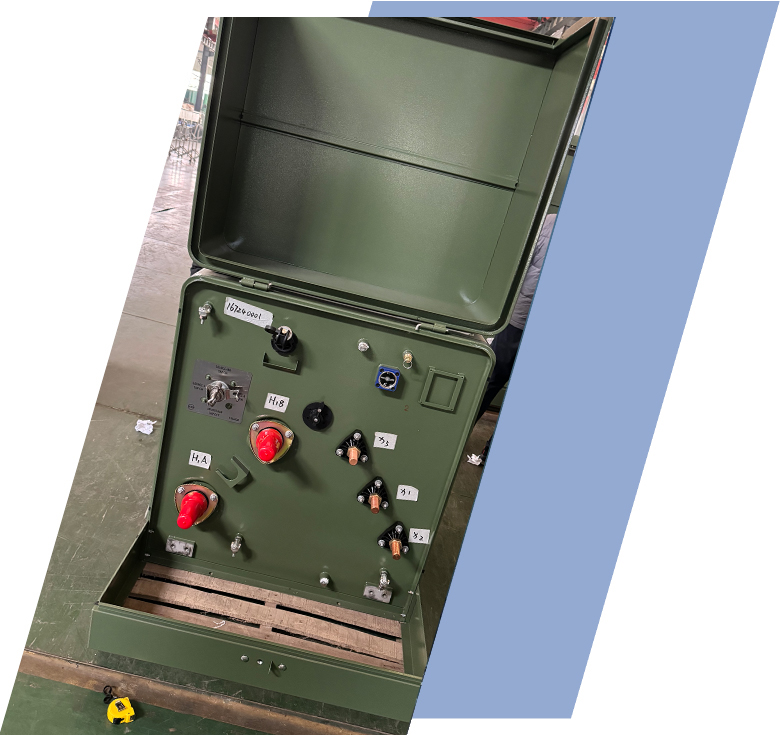
Application
Technical Advantages
Product Packaging
Related Products
FAQ From Customers
-
What is a Transformer?A transformer is an electrical device used to change the voltage of alternating current (AC). It works on the principle of electromagnetic induction, converting high-voltage current into low-voltage current or low-voltage current into high-voltage current. Transformers are widely used in power transmission, distribution systems, and various electronic devices.
-
What are the main uses of a transformer?The main use of a transformer is voltage conversion. Transformers are used in power transmission systems to help transfer electricity from power plants to consumers. In addition, transformers are also used in electronic devices such as chargers, televisions, power adapters, etc., to adjust the voltage to meet the requirements of different devices.
-
Do you have UL listed?Yes, our transformer has UL listed. We have exported to America many pad mounted transformer,substation transformer and HV.

